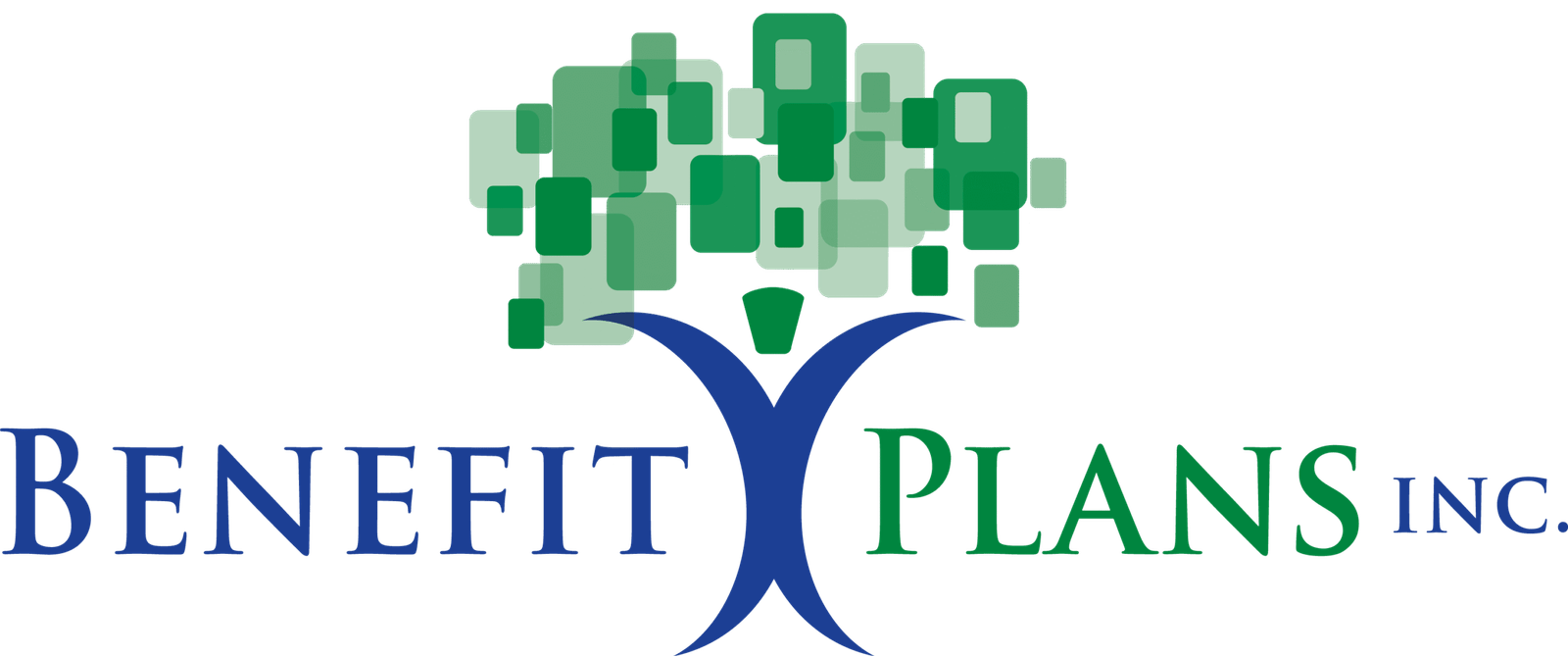How Employee Benefits and Benefit Plans Help Companies Thrive
In today’s competitive job market, salary alone isn’t enough to attract and retain top talent. Employees are looking for more—they want to work for companies that invest in their well-being, growth, and future. That’s where employee benefits and comprehensive benefit plans come in.
Why Employee Benefits Matter
Employee benefits are more than just perks—they’re strategic investments that directly impact your company’s success. Here’s how:
1. Attract Top Talent
Job seekers compare offers carefully, and a robust benefits package can be the deciding factor. Health insurance, retirement plans, paid time off, and wellness programs signal that your company values its people. When candidates see you’re willing to invest in their well-being, you stand out from competitors offering salary alone.
2. Boost Employee Retention
Replacing employees is expensive—costing anywhere from 50% to 200% of an annual salary. Strong benefit plans increase job satisfaction and loyalty, reducing turnover. When employees feel supported through life’s challenges—whether it’s healthcare needs, family planning, or retirement savings—they’re more likely to stay long-term.
3. Increase Productivity and Engagement
Healthy, financially secure employees are more focused and productive. Benefits like mental health support, flexible work arrangements, and professional development opportunities reduce stress and burnout. When your team feels taken care of, they bring their best selves to work every day.
4. Enhance Company Culture
Benefits communicate your company’s values. Offering parental leave, student loan assistance, or volunteer time off shows you care about work-life balance and personal growth. This builds a positive culture where employees feel respected and valued, fostering collaboration and innovation.
5. Improve Your Bottom Line
While benefits require investment, they deliver measurable ROI. Lower turnover means reduced hiring and training costs. Healthier employees mean fewer sick days and lower healthcare expenses. Engaged teams drive better business results, from customer satisfaction to revenue growth.
Key Benefit Plans That Make a Difference
Not all benefits are created equal. Here are the most impactful options to consider:
- Health Insurance: Medical, dental, and vision coverage remain top priorities for employees
- Retirement Plans: 401(k) matching helps employees build financial security
- Paid Time Off: Generous vacation, sick leave, and personal days prevent burnout
- Flexible Work Options: Remote work and flexible schedules support work-life balance
- Professional Development: Training programs and tuition reimbursement fuel growth
- Wellness Programs: Gym memberships, mental health resources, and wellness stipends
- Parental Leave: Paid leave for new parents demonstrates family-first values
- Financial Wellness: Student loan assistance, financial planning, and emergency savings programs
Getting Started with Your Benefit Plan
Building an effective benefits program doesn’t have to be overwhelming. Start by:
- Surveying your employees to understand what matters most to them
- Benchmarking against competitors in your industry and region
- Prioritizing high-impact benefits that fit your budget
- Communicating clearly so employees understand and utilize their benefits
- Reviewing regularly to ensure your offerings remain competitive
The Bottom Line
Employee benefits aren’t just nice-to-haves—they’re essential business tools that help companies attract talent, reduce turnover, boost productivity, and build winning cultures. In a world where employees have more choices than ever, investing in comprehensive benefit plans isn’t optional—it’s the key to staying competitive and building a thriving organization.
Ready to elevate your employee benefits strategy? Your team—and your bottom line—will thank you.
